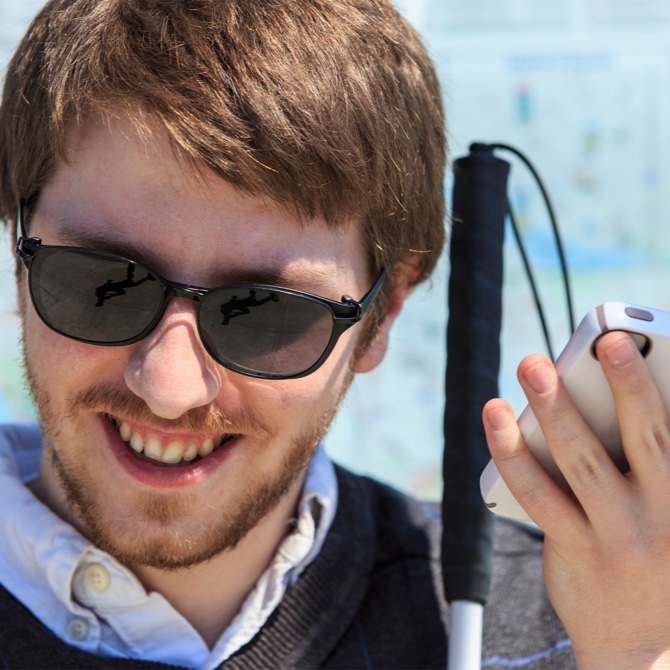

Title -Robust Second Order Training of Neural Networks (advisor Prof. Michael Mahoney)ĭescription -The de-facto method used for training neural networks is stochastic gradient descent, a first order method that is highly sensitive to hyper-parameter tuning. (3) In the response stage, the granularity (e.g., dots per inch) of the cursor is adjusted according to the user’s speed of hand movement. (2) The hand is traced by a tracker and its movement is filtered with an anti-shake filter to perform a more stable movement.

The current project is developing a system that comprises three modules of detection, tracking, and response: (1) The detection stage extracts the hand and recognizes its gesture which can then be used to alter the users' control for example, a specific movement could correspond to a click of the mouse. This project aims to help those with impaired sensation by developing a computer-vision based input system with a camera as its input device. Inability to control the mouse could be caused by impaired sensation from a wide variety of conditions and illnesses. Unfortunately, there no viable alternatives due to the fact that the mouse has become an essential input device for all modern computers. There are many individuals who do not have the ability to control the pointer easily by moving a physical mouse. The idea is to use a camera to capture the user’s hand movements. Title - Assistive Technology for Navigation, Selection, Pointing, and Clicking in a Mouse-free Environment by Capturing Hand Movements (advisor Prof. Brian Barsky)ĭescription -This project is concerned with assistive technology that enables users with fine motor control difficulties to navigate, select, point, and click without physically manipulating a mouse.
#Computer programs for blind person free
Students are free to choose what is the most interesting part for them. A variety of different backgrounds for students is welcome. This is a broad project that incorporates many different aspects. This latter aspect is particularly exciting since it would enable people for whom it is not possible to see displays in sharp focus using eyeglasses to be able to do so using no corrective eyewear. We are working towards extending the capability to correct for higher order aberrations. As part of this project, we are building a light field display prototype that supports our desired inverse light field prefiltering. Our research involves the analysis of image formation models through the retinal light field projection, it is possible to compensate for the optical blurring on the target image by a process of prefiltering with the inverse blur. This research is investigating a novel approach which involves a new computation based aberration-correcting light field display: by incorporating the person’s own optical aberrations into the computation, content shown on the display is modified such that the viewer will be able to see the display in sharp focus without using corrective eyewear. Furthermore, higher order aberrations are not correctable with eyeglasses. Correcting optical aberrations in the human eye is traditionally done optically using eyeglasses, contact lenses, or refractive surgeries these are sometime not convenient or not always available to everyone. These conditions are prevalent, and the number of people who have these hardships is growing rapidly. Title - Vision Correcting Display (advisor Prof. Brian Barsky)ĭescription - Vision problems such as near-sightedness, far-sightedness, as well as others, are due to optical aberrations in the human eye. Lecturer: Francesco BorrelliĬapstone Project: Berkeley Robot Open Autonomous Racing (ROAR) Competition. The FHL Vive Center is proposing a concerted effort by its center members to spearhead the creation of a new Capstone Design Experience at the Fung Institute.įall: EE221A. In this Capstone Design Experience Proposal, we will describe the above related topics under the broad umbrella name of Autonomy.ĭue to the multidisciplinary nature of Autonomy and its emerging markets, we believe prospective MEng applicants will have broad interest in selecting Autonomy curriculum and its capstone project. Collaborative robot arms and legs are being experimented in compliant co-working applications. Leading logistics and retail corporations have started delivering packages via unmanned aerial vehicles. In particular, Silicon Valley has become a hotbed for research and commercialization of autonomous driving. Description - One of the fastest growing industries in the past five years is at the intersection of AI, Robotics, and Computer Vision.


 0 kommentar(er)
0 kommentar(er)
